Swiss RJ1H at Nuremberg on Mar 30th 2014, very near collision with private aircraft
A Swiss Avro RJ-100, registration HB-IYQ performing flight LX-1190 from Zurich (Switzerland) to Nuremberg (German) with 68 passengers and 4 crew, was descending towards Nuremberg.
A private FK9 aircraft with two people on board was on a VFR flight from Herzogenaurach to Donauwörth (Germany), the pilot contacted Nuremberg Tower and requested clearance to cross the airspace to waypoint Sierra and received clearance to do so reporting about a minute later that they were just entering Nuremberg tower's airspace.
About 30 seconds later the crew of the RJ-100 reported on tower frequency established on ILS runway 10. Tower replied: "grüß Gott, äh for your information, there is an ultralight aircraft at your eleven o´clock position, range three miles, left to right at three thousand feet."
About 75 seconds later tower informed the crew of the FK9: "traffic is a Jumbolino at your two o´clock position, range two miles, out of three thousand six hundred descending, has you in sight.", the FK9 pilot reported they did not see the Jumbolino, they were now just about to cross the extended centerline, and they were at 3000 feet". The controller read back "Roger", at that time the two aircraft were separated by about 300 feet vertically and 1nm horizontally.
8 seconds later the Jumbolino crew reported a TCAS resolution advisory to climb, acknowledged by the tower with "roger".
The RJ-100 captain later reported that they had received a TCAS RA to climb, but as it appeared that the Ultralight was already above them, the captain decided to NOT follow the resolution advisory, disconnected the autopilot and left the glidepath descending below the profile to visually underfly the Ultralight.
A short time later the TCAS changed to Resolution Advisory to descend, a short time later the trajectories of both aircraft crossed.
Once clear of conflict the RJ-100 continued the approach for a safe landing, the FK9 continued their flight for a safe landing at their intended destination.
Germany's BFU released their final report in German reporting that the investigation was summarily terminated after collecting the facts.
The BFU reported that the minimum separation between the two aircraft was 200 feet vertical and 0.07nm (425 feet/130 meters) horizontally according to the TCAS computer of the RJ-100.
At the time the TCAS generated the resolution advisory to climb the Jumbolino was 200 feet above the FK9 and 1.18nm from the Ultralight. When the Jumbolino reached the same altitude (3048 feet) about 0.64nm before the FK9, the TCAS changed the resolution advisory to descend. At the crossing point of the trajectories the Jumbolino was 200 feet below the FK9. Only at that point the FK9 pilot acquired visual contact with the Jumbolino.
The BFU reported the captain (53, ATPL) of the RJ-100 had more than 12,600 hours total experience, the first officer (30, ATPL) more than 2,200 hours of total experience. The pilot of the FK9 (36, license to fly ultralight sport aircraft) had more than 1,100 hours total experience. The controller (50) was properly licensed.
At the time of the encounter there were CAVOK weather conditions (visibility of more than 10km, no cloud below 5000 feet MSL, no significant weather phenomena and no thunderstorm clouds).
The BFU reported the occurrence happened in class D airspace, in which IFR flights are being separated to IFR flights but not to VFR flights. IFR flights received traffic information of VFR flights and vice versa.
The flight pathes (Graphics: BFU):
http://avherald.com/h?article=47876dc5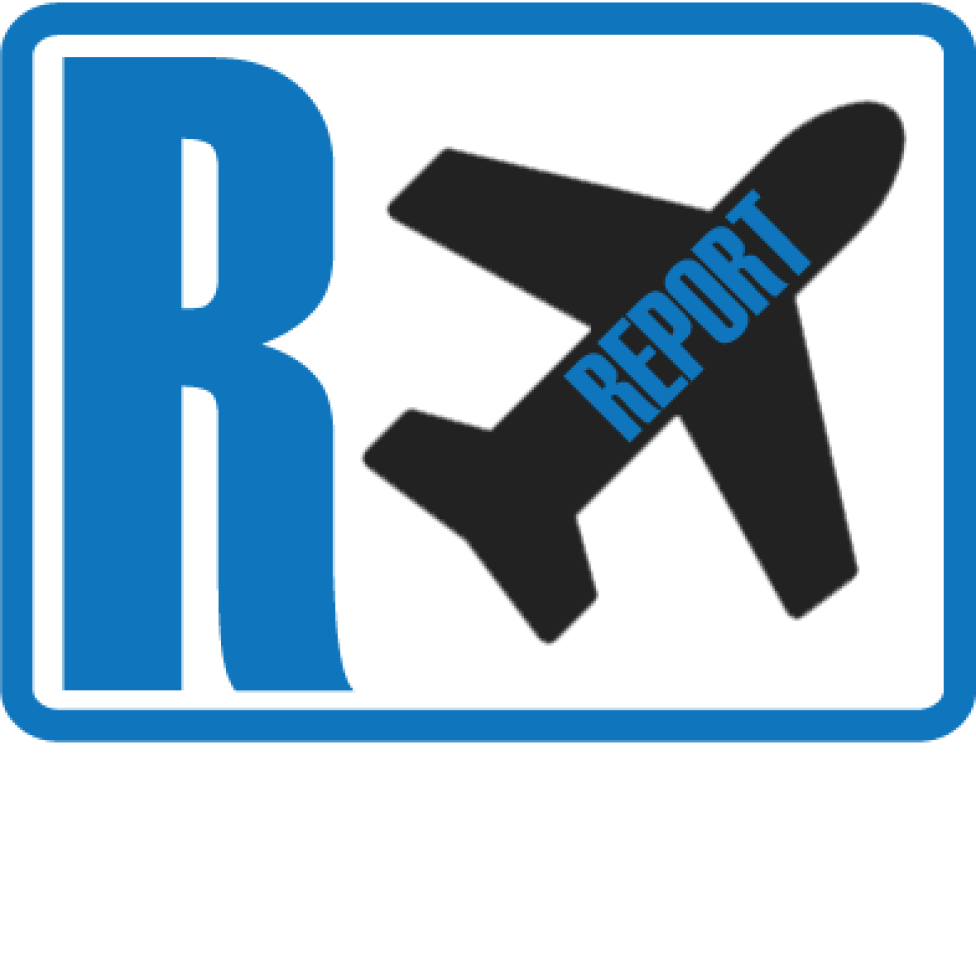
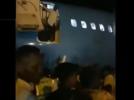

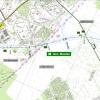

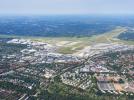

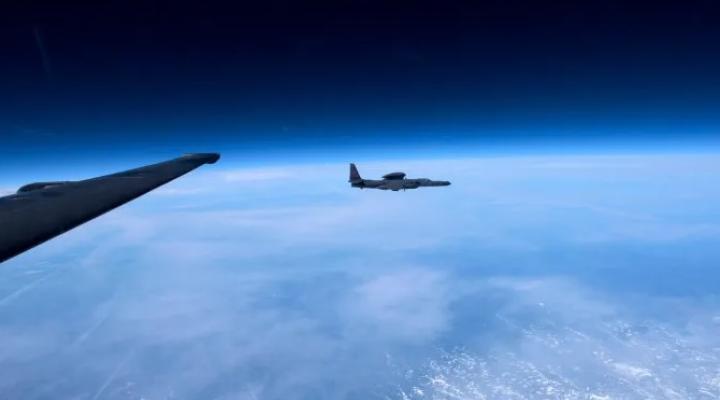
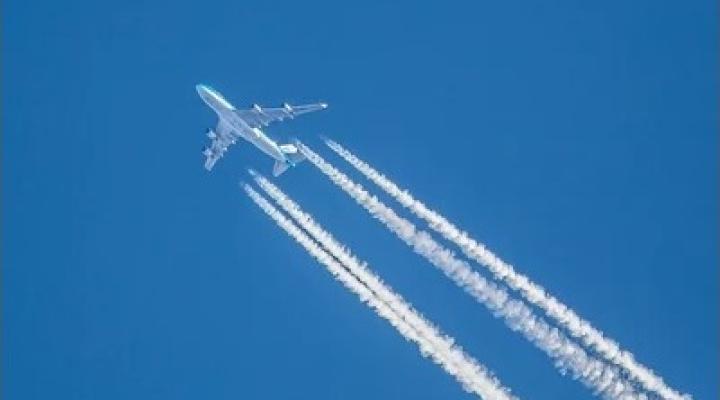


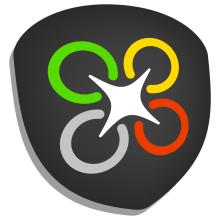



Komentarze